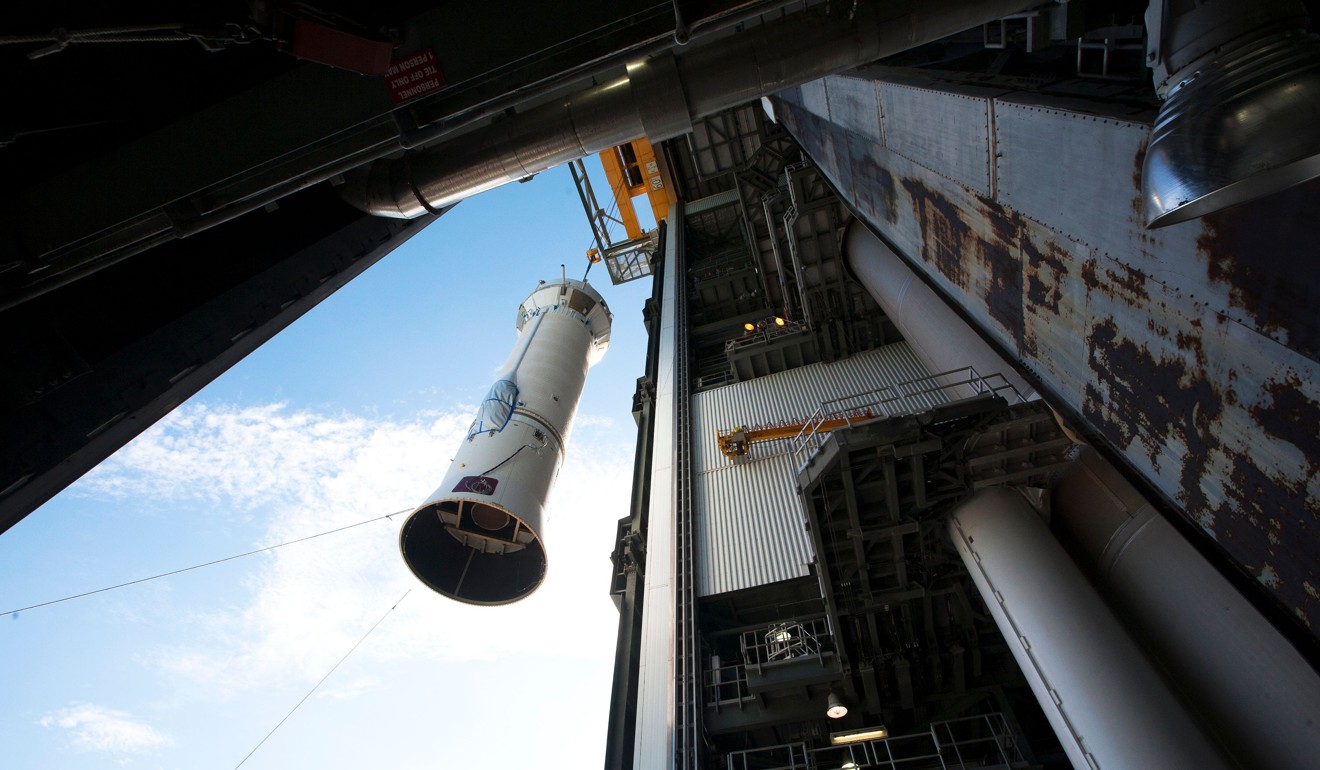
Nasa probe finds water on asteroid Bennu after a 2 billion-kilometre journey
- Bennu’s birth dates back to the early days of the solar system
- It could hold information as to how life was formed
Nineteen years ago, scientists discovered an asteroid oscillating between the orbits of Earth and Mars. In 2013, they mapped it, creating a model of what they thought it looked like. And on Monday, that model come to life.
“It’s essentially identical to what we expected,” said Humberto Campins, a University of Central Florida planetary scientist, professor of physics and member of the OSIRIS-REx Science Team. That is the spacecraft on the mission to the asteroid, Bennu, which took off from Florida’s Space Coast in 2016.
OSIRIS-REx began its arrival at Bennu after a 2 billion-kilometre journey last week, and will spend more than a year mapping the surface of the asteroid in greater detail before picking a spot to land on the surface, collecting a sample of rocks and dirt, and returning to Earth in 2023. The mission is the first of its kind for Nasa.
And already, it is paying off, with scientists on Monday announcing that Bennu has water in the clay that makes up the asteroid. Data from OSIRIS-REx’s two spectrometers show molecules that contain oxygen and hydrogen atoms bonded together.

That means that at some point, Bennu’s rocky material interacted with water. The asteroid does not have free flowing water or ice, but likely broke off from a larger asteroid that did.
Bennu’s birth dates back to the early days of the solar system, some 4.5 billion years ago, meaning it could hold key information as to how life formed.
“Trying to understand the organic molecules that are on Bennu will tell us what were the organic molecules that were on Earth before the formation of life,” Campins said, adding that it could explain how life then formed on Earth, or other bodies in the solar system.
Bennu also has a 1-in-2,700 chance of hitting Earth in the next 150 years, causing a major natural disaster.
“If we have to deflect it in 150 years or so, we will know more about it,” Campins said.
Nasa’s InSight spacecraft takes first ‘selfie’ after flawless landing on Mars
Already, scientists are learning things about Bennu they did not expect. Most notably, a large boulder on the asteroid’s south pole has turned out to be nearly five times larger than expected at about 50m in height instead of the predicted 10m. That is nearly the height of Cinderella Castle at Walt Disney World’s Magic Kingdom.
Overall, the surface of the asteroid is rocky and filled with boulders. The team will work over the next year and a half to find a spot to land in 2020 and retrieve a sample.
“I’m really excited,” Campins said, “because we are now finally getting to see this object that we’ve been going to for two years and been working on for at least seven.”

